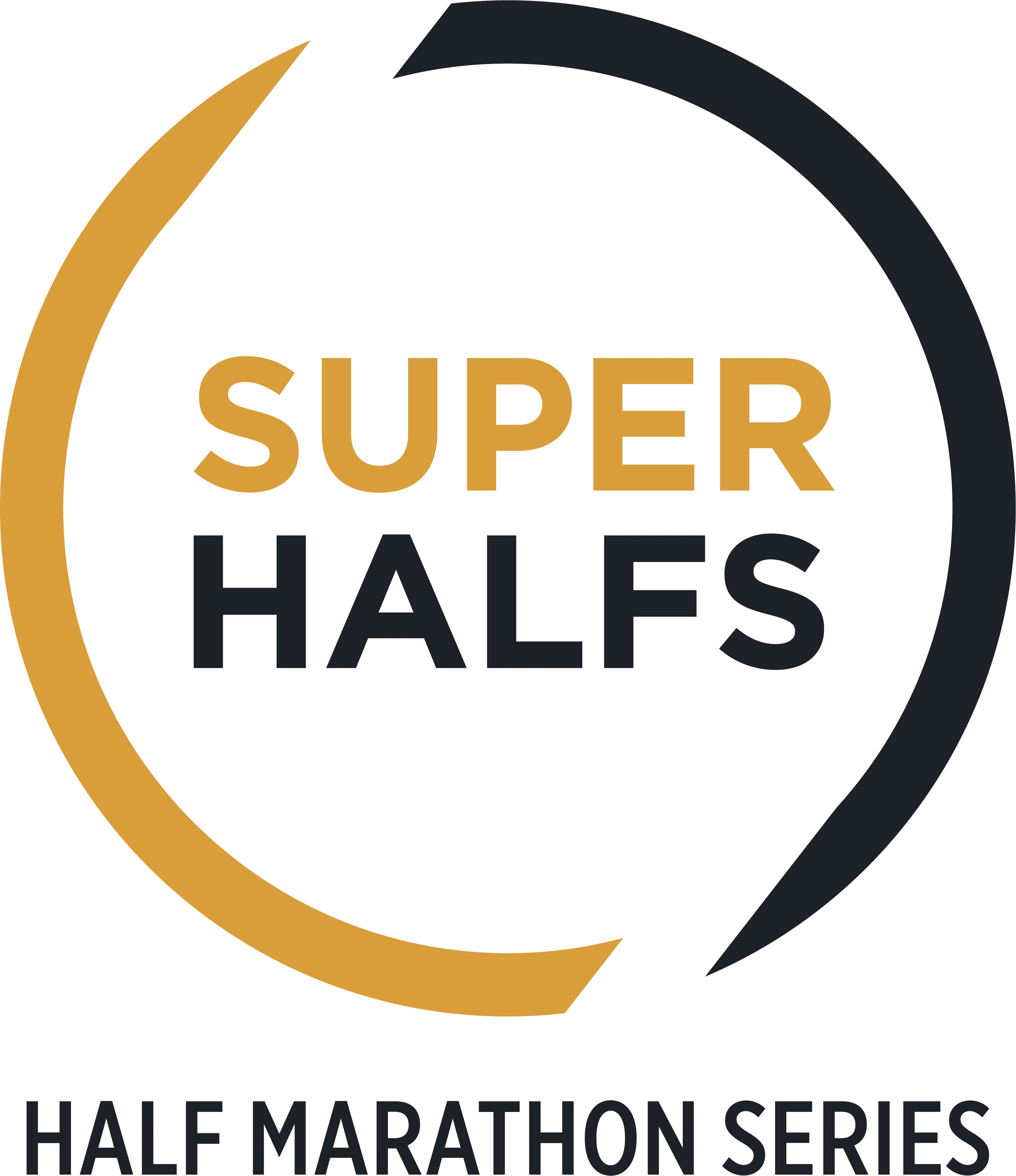Succeeding in a half marathon takes a lot of preparation in your training, nutrition and kit. It can seem daunting at first, but by following these simple tips you’ll know everything you need to about getting started in your half marathon training.
Get checked out
Before you take on any kind of rigorous exercise regime, it is important to get checked out by a medical professional or your doctor. If you have any medical concerns at all, make sure you are fit and healthy enough to undertake a training programme that will last several weeks and require many miles on the road.
Choose the right training plan
No matter what your fitness level, it is vital that you choose the right training plan for you. There are hundreds available online from all sorts of runners, coaches and fitness experts.
Finding the one to fit your lifestyle and realistic time goal is essential. If you’re already a regular runner you won’t need to do as much as a complete beginner.
As a rough guide, someone who is already running three times a week and can run steadily for half an hour or around three miles (5km), is looking at a training period of around 12 weeks.
A complete beginner would need longer to build up a suitable base level of fitness, so their training period is more likely to be around 20 weeks. In either case, you need to prepare yourself for three to five days of running a week.
Consider joining a running group
Sometimes it’s easier to motivate yourself to get out there and train when you are in a group or have a running buddy. If you can find someone or a group of people who share your pace and target time, it may well help on those days when you aren’t feeling the running love.
Most cities will have at least one running group, and if they’re bigger enough they’ll have multiple run leaders going out at different paces to suit all ability levels.
Buy the right running kit
Regular runners will probably have all the running kit they need, but beginners will need to go shopping for running tights, socks, tops, shoes and waterproof jackets.
The single most important purchase you’ll make as a runner is your footwear. The right running shoes are essential, as they‘ll be carrying you through significant distances in training. So invest in a good quality pair, maybe two, to make sure your feet are nicely cushioned when you hit the road.
Finding the right running shoes for you is all about how comfortable they are. Go to a specialist running shop, and try on as many pairs as possible. You’ll know as soon as you’ve found the right pair.
Take it slow
It is very tempting to try and run too far too quickly, but don’t. You will either injure yourself or very quickly lose interest if every training session is a struggle. You need to follow your plan carefully to make sure you get to race day in good health and raring to go.
Rest and recovery are important parts of your training plan, so don’t skip rest days. Your body will need to recuperate and repair tired, strained muscles, especially if you are new to running. You’ll be putting a lot of miles on the body clock in training, so learn to listen to your body and take a break when your plan tells you to, or indeed when you body does.
This is especially important if you have a niggling injury. If an injury persists for more than a couple of runs, get it checked out by a professional. Niggling pain means there’s usually a problem and if you ignore it, it can quickly turn into a bigger problem.
Long runs are key
Most training plans will include different types of runs, with interval, speed, fartlek and tempo sessions forming an important part of your training.
However arguably the most important of all is your weekly long run. This is the building block of a half marathon attempt, because this is where you build up your endurance for the race.
Aim to go slightly further on your long run every week, increasing it by around 10%. You’re aiming to build up to a final long run of between 10-14 miles (16-22.4km) before you start your two week taper ahead of the race.
Eat well and drink well
You need to fuel your half marathon effort with the right food and drink. You‘ll burn around 100 extra calories for every mile/1.6km you run, so bear that in mind when you’re planning your diet.
Carbohydrates are the key to good training. Eat plenty of pasta, potatoes, rice and bread to build up your glycogen levels. Protein is also important, so fish and meat will probably be on your menu, as well as fruit and vegetables and cheese, yogurt and other dairy products for your fat intake.
Staying hydrated before, during and after your runs is also extremely important. Use your training to get your hydration strategy right; take a water bottle with you and start drinking after the first half hour and then every 15-20 minutes after that. Urine is a good indicator of hydration. If it’s clear and pale in colour, you’re hydrated. But if it’s dark, then you’re dehydrated and must drink fluids.
Enter warm up races
Practice makes perfect and doing warm up races is a great way of preparing yourself for what awaits you on half marathon day.
Taking part in an event with thousands of runners like one of the SuperHalfs is a unique experience, and you need to get used to those conditions in warm up races.
Water stations might be a thing of mystery to you before you take part in your first race, but knowing how to use them effectively and without losing too much time will be an invaluable experience. Rather like a practice exam, a warm up race is a chance for us to learn from our mistakes.
Aim to start with a nice gentle 5k race, before moving up to a 10k and perhaps a 10 mile (16km) race to finish off your training.
Taper intelligently
The taper is a recovery period of around two weeks before the half marathon, when your training steadily decreases and your body recovers after weeks of training.
You mustn’t do too much during this period because it’s designed for your body to rest and recuperate for the challenge ahead. Indeed there is very little now that you can do to improve your fitness and speed, but still a lot of runners make the mistake of training hard through the taper and then run a poor race.
As soon as you’ve finished your last long run (10-14 miles or 16-22.4km), you are ready to scale back your overall workload by 60% in the last couple of weeks and focus on rest and mental preparation.

